Research on an Improved Compressive Matched Field Localization Algorithm for Arctic Double Channels
-
摘要: 北极水域信道特殊,匹配场处理作为一类可结合环境信息进行信号处理的目标定位方法,在模型匹配时可以准确估计出声源位置,但存在环境变化复杂且信息了解少的问题,导致模型很难完全匹配,从而出现位置估计不准确的问题。该文提出建立一种改进的压缩匹配场模型,并基于相位归一化原理对稀疏模型进行优化,利用归一化阵元域信息进行匹配,以消除声源频谱的影响,提高压缩匹配场的定位准确度。仿真结果表明,改进后方法比改进前方法的定位准确率更高;试验数据处理表明,单快拍下改进后方法比改进前方法在目标位置估计上误差更小,比常规匹配场方法的分辨率更高。Abstract: Arctic underwater channels are complex. Matched field processing is a kind of target localizing method that can combine environmental information with signal processing methods. The target position can be accurately estimated when model is matched. However, due to the complex environment and the lack of key information, it is difficult to match the model completely, which leads to the problem of inaccurate estimation. In this paper, an improved matched field algorithm is proposed. Based on the principle of phase normalization, the sparse model is optimized, and the normalized information of arrays is used for matching to eliminate the influence of signal spectrum. The simulation result shows that the accuracy of the improved method is higher than that of the former method. The experimental data processing shows that the improved method has less error in target position estimation and higher resolution than the conventional matched field processing method.
-
Key words:
- Matched field localization /
- Array processing /
- Compressive sensing /
- Arctic
-
表 1 统计误差
信噪比(dB) 估计目标 常规匹配场 压缩匹配场 改进方法 0 距离(km) 3.14 3.03 3.16 深度(m) 24.26 25.69 25.80 5 距离(km) 1.04 1.67 1.69 深度(m) 6.30 10.69 10.30 14 距离(km) 0.43 4.70 1.99 深度(m) 0.05 0.65 0.20 表 2 参数设置
厚度(m) 压缩波速(m/s) 切向波速(m/s) 密度(g/cm3) 压缩波衰减(dB/(km·Hz)) 剪切波衰减(dB/(km·Hz)) 介质1 1019.45 – 0 1 0 0 沉积层 – 2000 0 2 0 0 表 3 估计结果比较
测量 常规匹配场 压缩匹配场 改进方法 距离(km) 4 5.70 1.15 4.10 深度(m) 45 74 111 64 -
[1] BUCKER H P. Use of calculated sound fields and matched-field detection to locate sound sources in shallow water[J]. The Journal of the Acoustical Society of America, 1976, 59(2): 368–373. doi: 10.1121/1.380872 [2] WESTWOOD E K. Broadband matched-field source localization[J]. The Journal of the Acoustical Society of America, 1992, 91(5): 2777–2789. doi: 10.1121/1.402958 [3] BOOTH N O, BAXLEY P A, RICE J A, et al. Source localization with broad-band matched-field processing in shallow water[J]. IEEE Journal of Oceanic Engineering, 1996, 21(4): 402–412. doi: 10.1109/48.544051 [4] BAGGEROER A B, KUPERMAN W A, and SCHMIDT H. Matched field processing: Source localization in correlated noise as an optimum parameter estimation problem[J]. The Journal of the Acoustical Society of America, 1988, 83(2): 571–587. doi: 10.1121/1.396151 [5] THODE A M, KUPERMAN W A, D’SPAIN G L, et al. Localization using Bartlett matched-field processor sidelobes[J]. The Journal of the Acoustical Society of America, 2000, 107(1): 278–286. doi: 10.1121/1.428304 [6] KROLIK J L. Matched-field minimum variance beamforming in a random ocean channel[J]. The Journal of the Acoustical Society of America, 1992, 92(3): 1408–1419. doi: 10.1121/1.403935 [7] OZARD J M, BROOKE G H, and BROUWER P. Improving performance for matched field processing with a minimum variance beamformer[J]. The Journal of the Acoustical Society of America, 1992, 91(1): 141–150. doi: 10.1121/1.402763 [8] MICHALOPOULOU Z H, POLE A, and ABDI A. Bayesian coherent and incoherent matched-field localization and detection in the ocean[J]. The Journal of the Acoustical Society of America, 2019, 146(6): 4812–4820. doi: 10.1121/1.5138134 [9] ZHU Guolei, WANG Yingmin, and WANG Qi. Matched field processing based on Bayesian estimation[J]. Sensors, 2020, 20(5): 1374. doi: 10.3390/s20051374 [10] MISHRA I and JAIN S. Soft computing based compressive sensing techniques in signal processing: A comprehensive review[J]. Journal of Intelligent Systems, 2020, 30(1): 312–326. doi: 10.1515/jisys-2019-0215 [11] CHU Jichen and XU Wen. Investigation of typical methods applied to compressive matched field processing[C]. The International Conference on Underwater Networks & Systems, Atlanta, USA, 2019: Article No. : 5. [12] CAO Ran, YANG Kunde, YANG Qiulong, et al. Localization of two sound sources based on compressed matched field processing with a short hydrophone array in the deep ocean[J]. Sensors, 2019, 19(17): 3810. doi: 10.3390/s19173810 [13] MANTZEL W, ROMBERG J, and SABRA K. Compressive matched-field processing[J]. The Journal of the Acoustical Society of America, 2012, 132(1): 90–102. doi: 10.1121/1.4728224 [14] GEMBA K L, HODGKISS W S, and GERSTOFT P. Adaptive and compressive matched field processing[J]. The Journal of the Acoustical Society of America, 2017, 141(1): 92–103. doi: 10.1121/1.4973528 [15] GEMBA K L, HODGKISS W S, and GERSTOFT P. Multiple snapshot and multiple frequency compressive matched field processing[J]. The Journal of the Acoustical Society of America, 2016, 139(4): 2082. doi: 10.1121/1.4950179 [16] ORRIS G J, NICHOLAS M, and PERKINS J S. The matched-phase coherent multi-frequency matched-field processor[J]. The Journal of the Acoustical Society of America, 2000, 107(5): 2563–2575. doi: 10.1121/1.428644 [17] CHEN Teyan, LIU Chunshan, and ZAKHAROV Y V. Source localization using matched-phase matched-field processing with phase descent search[J]. IEEE Journal of Oceanic Engineering, 2012, 37(2): 261–270. doi: 10.1109/JOE.2011.2181269 [18] VIROVLYANSKY A L, KAZAROVA A Y, and LYUBAVIN L Y. Matched field processing in phase space[J]. IEEE Journal of Oceanic Engineering, 2020, 45(4): 1583–1593. doi: 10.1109/JOE.2019.2927652 [19] PEYRE G. Best basis compressed sensing[J]. IEEE Transactions on Signal Processing, 2010, 58(5): 2613–2622. doi: 10.1109/TSP.2010.2042490 [20] MICHALOPOULOU Z H. Robust multi-tonal matched-field inversion: A coherent approach[J]. The Journal of the Acoustical Society of America, 1998, 104(1): 163–170. doi: 10.1121/1.423954 -





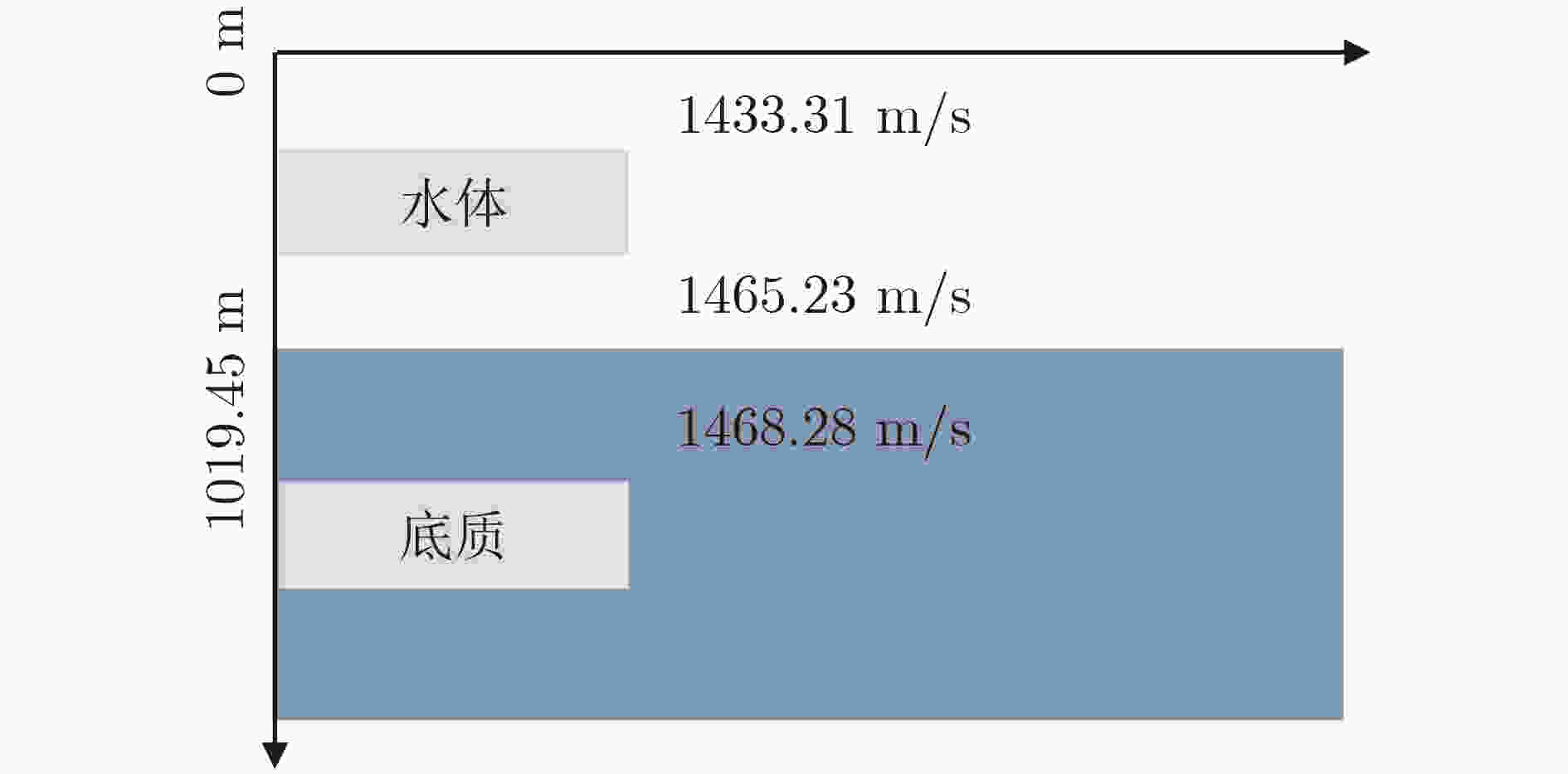
 下载:
下载:

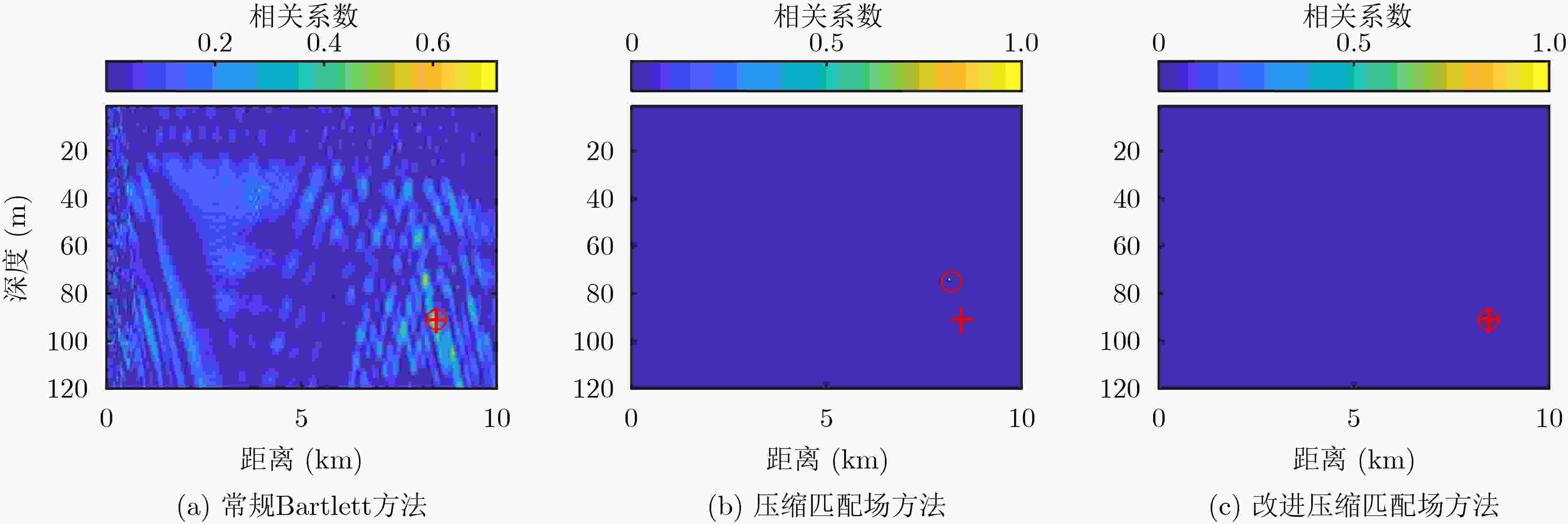
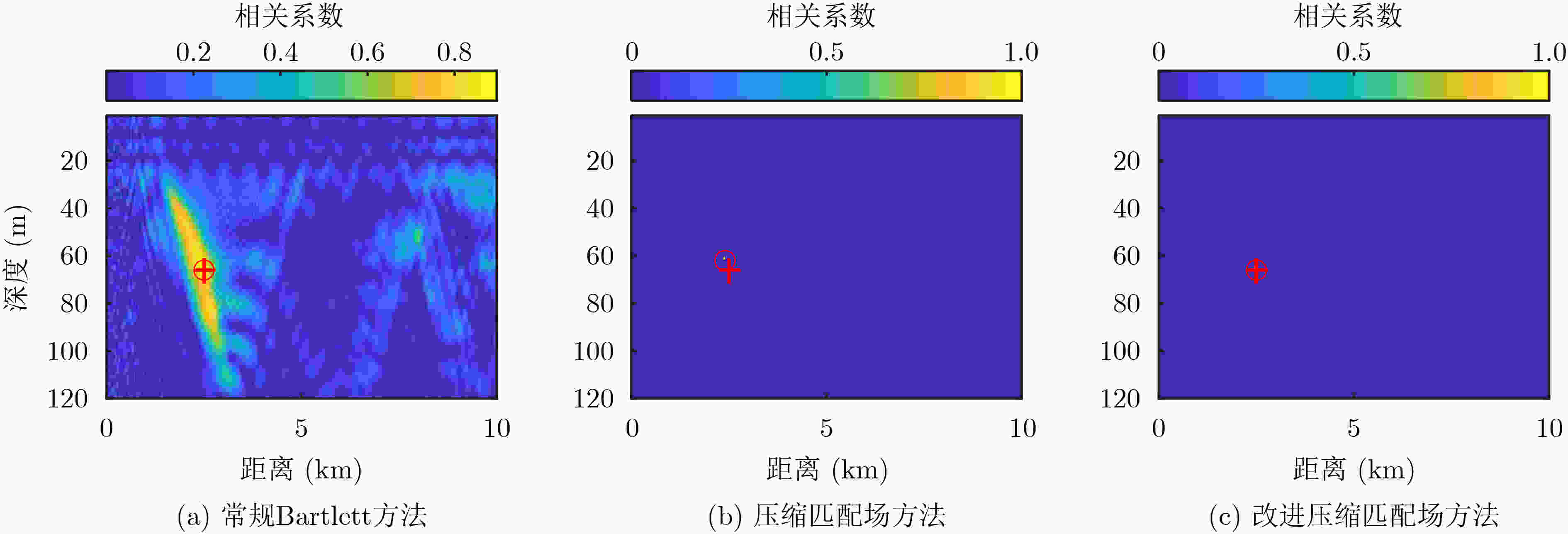
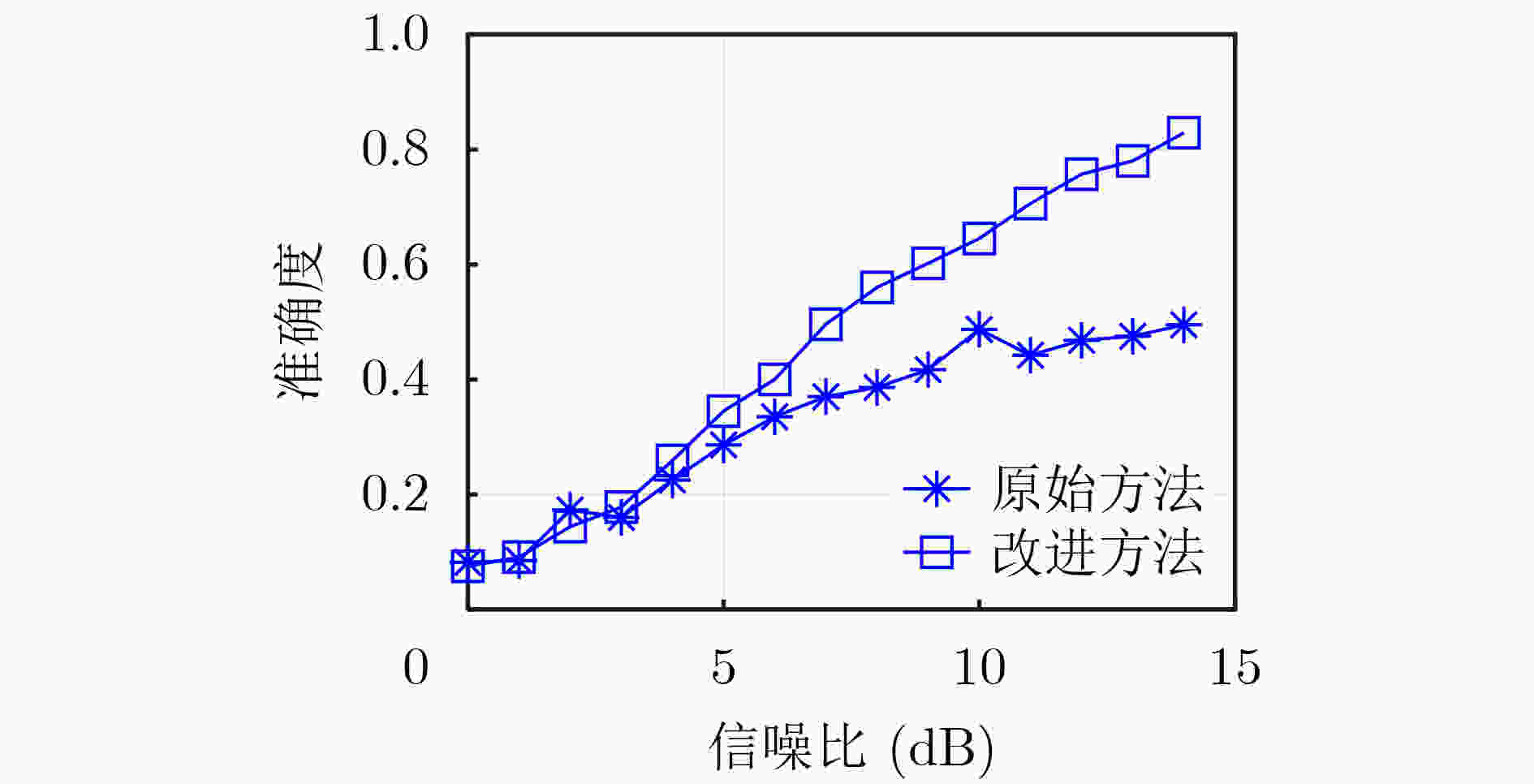

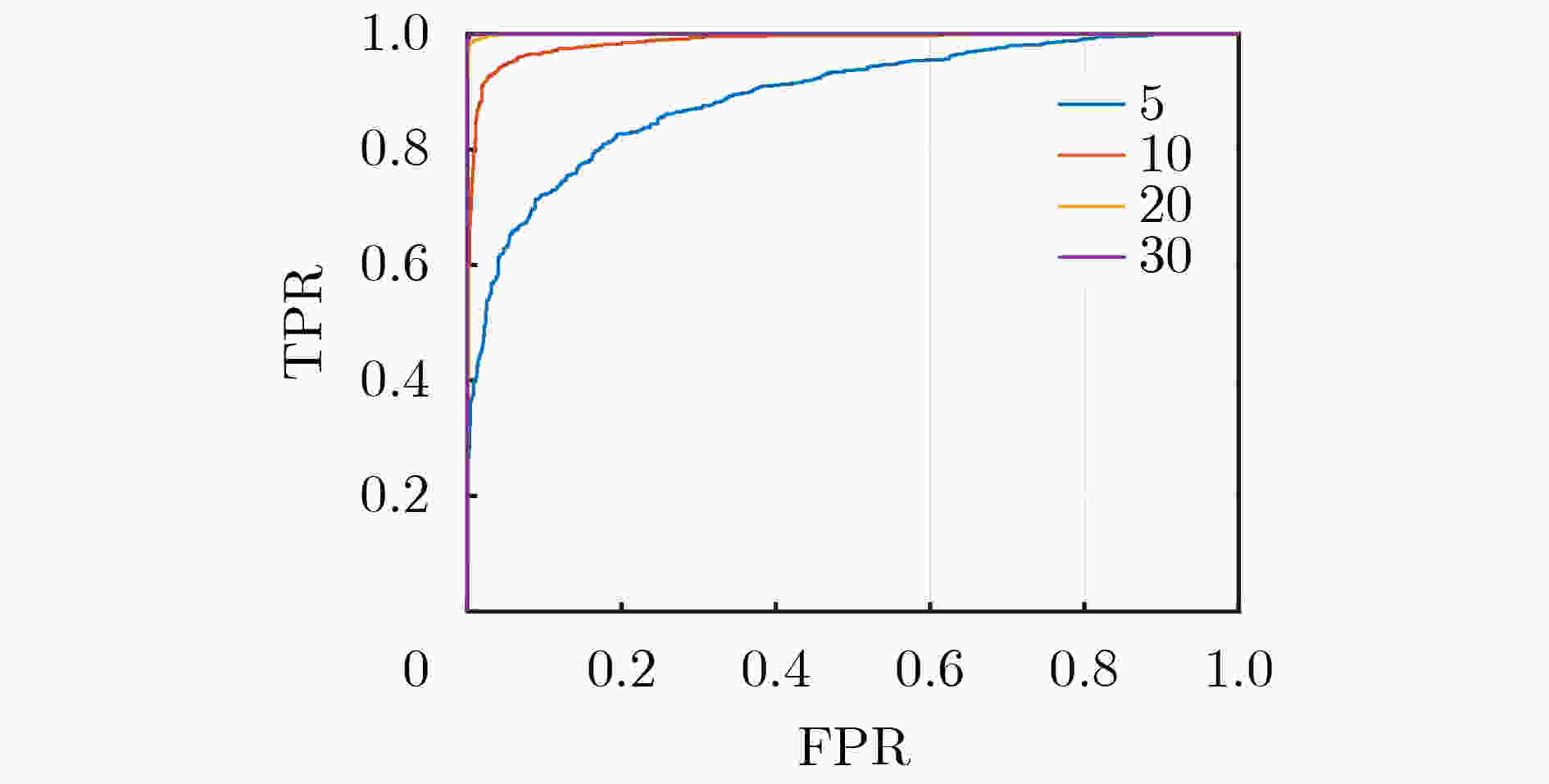
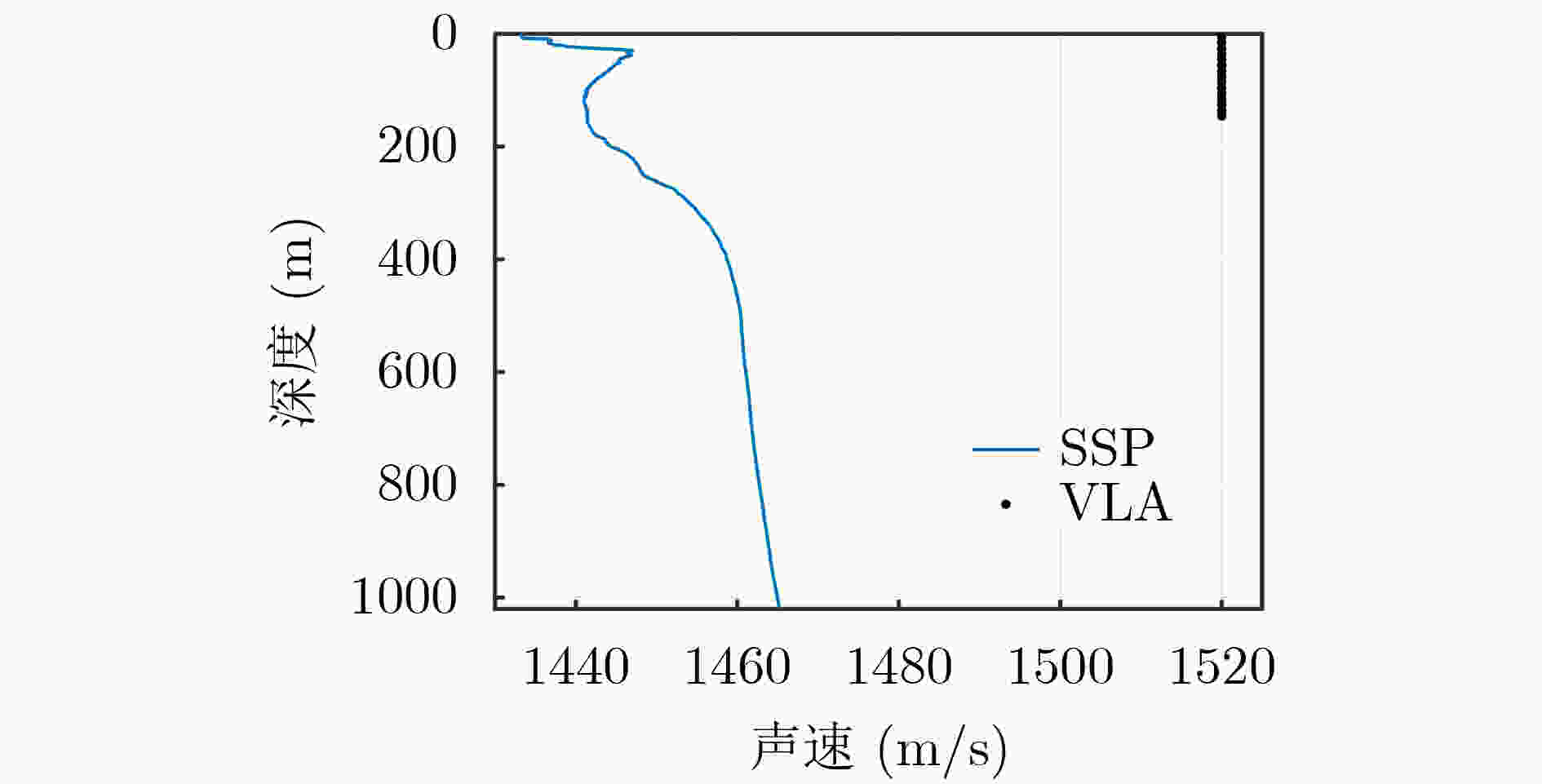


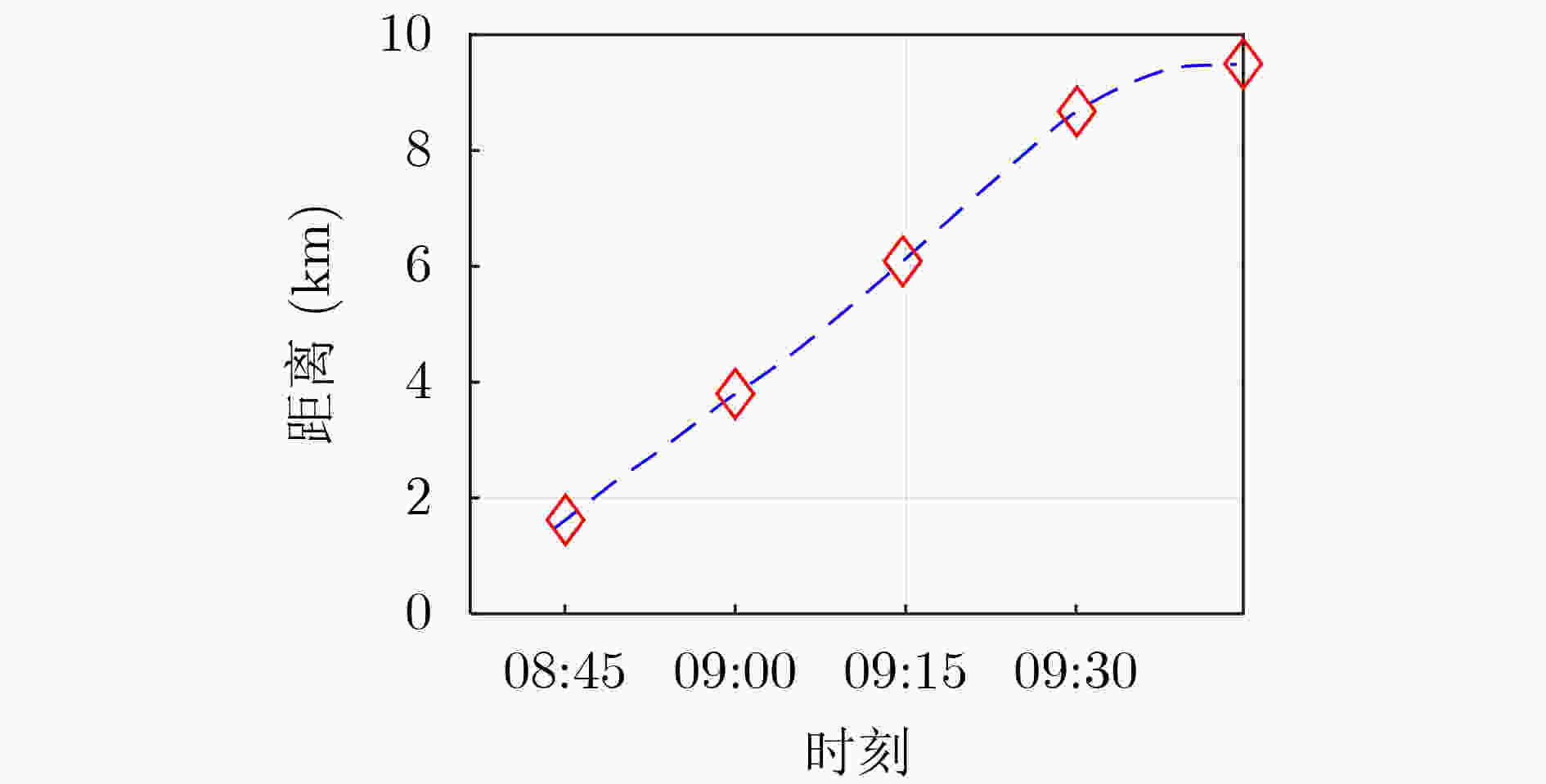
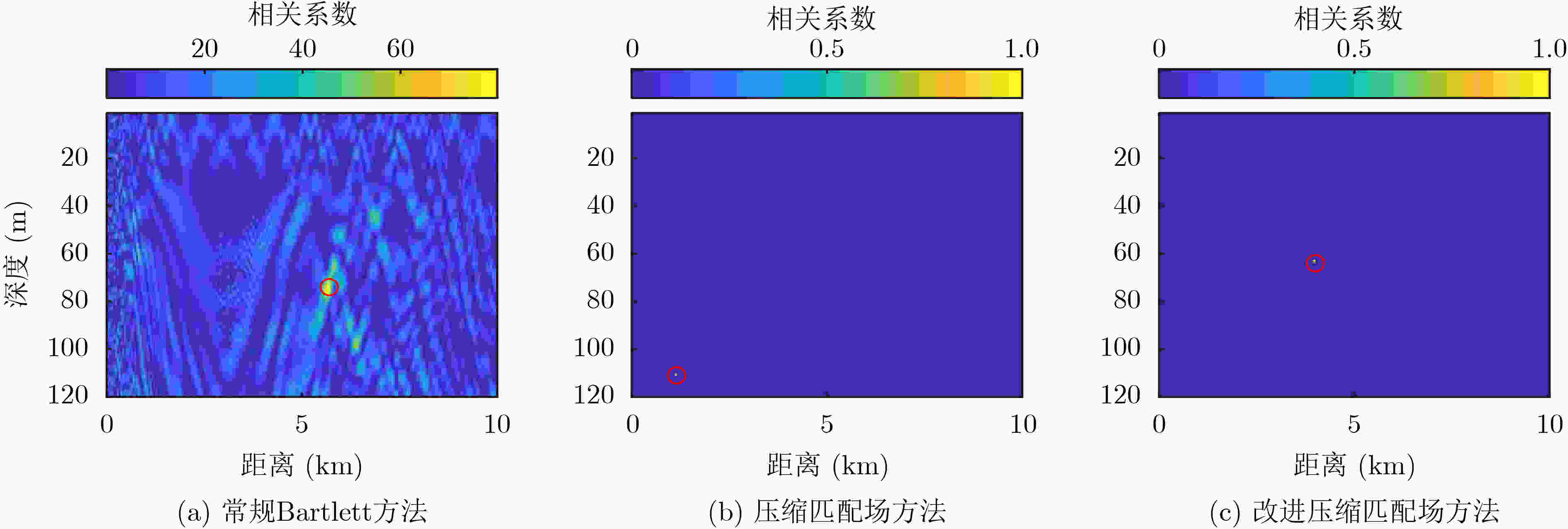


 下载:
下载:
